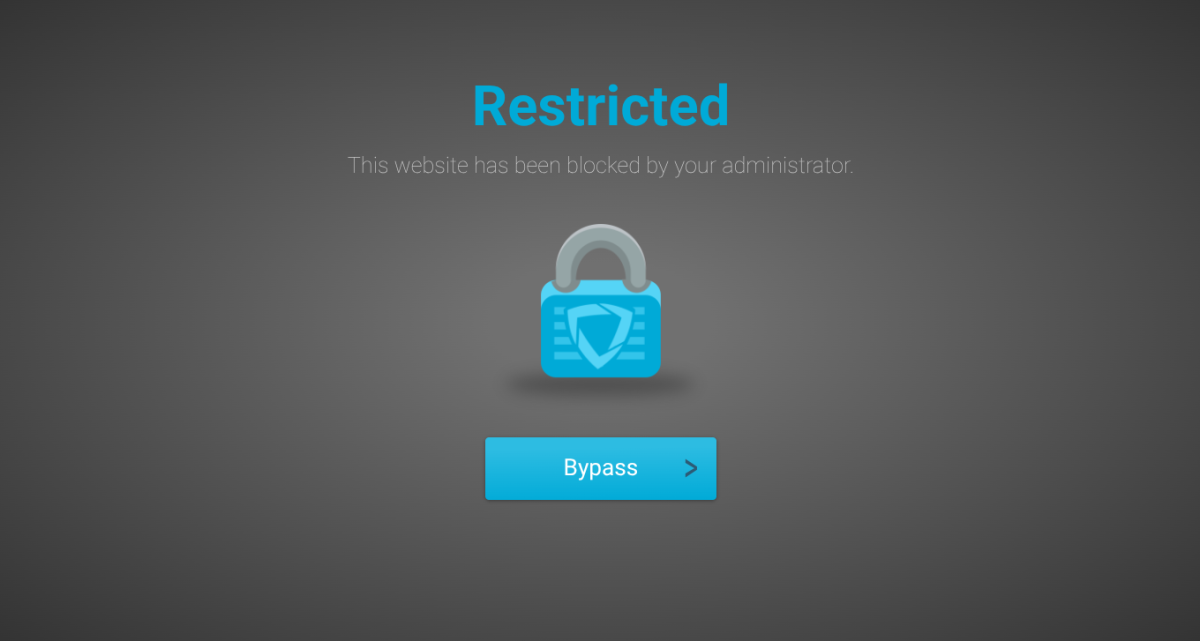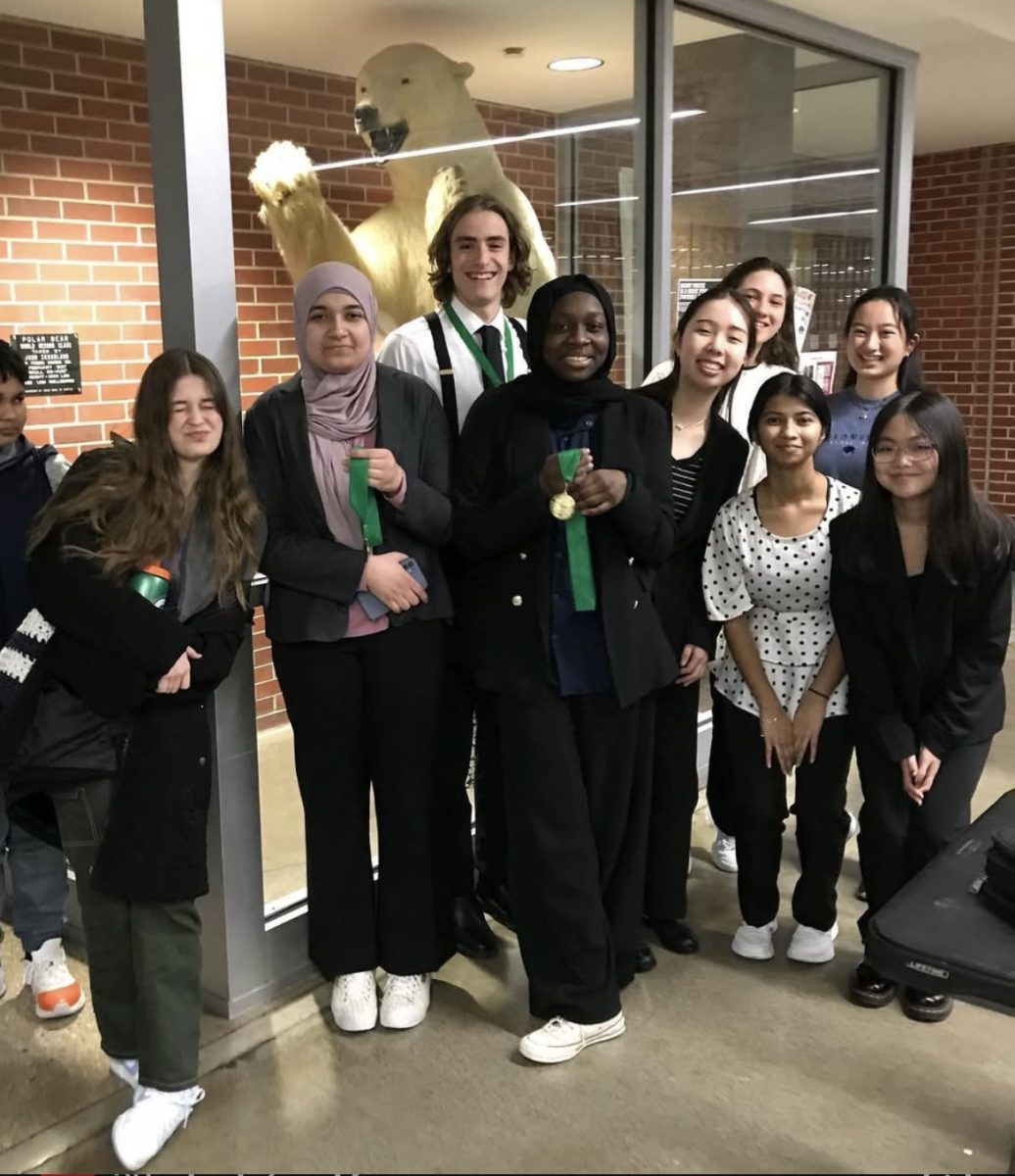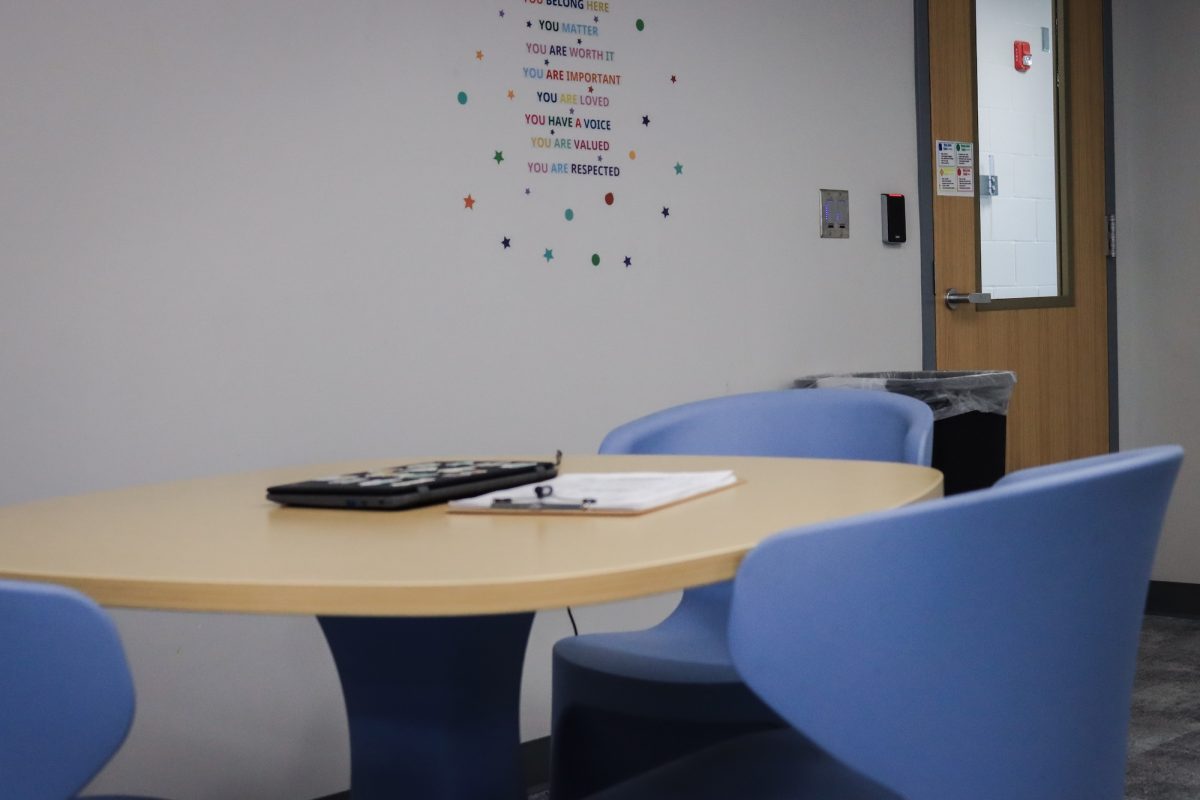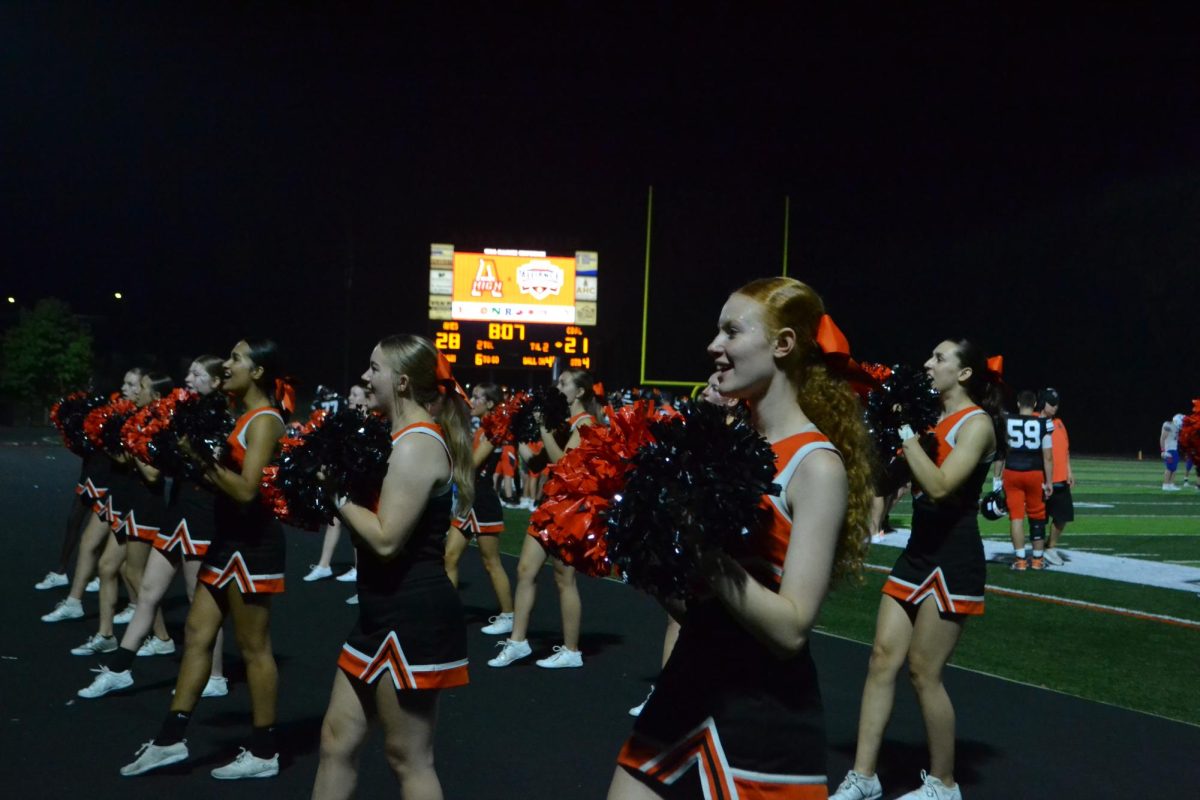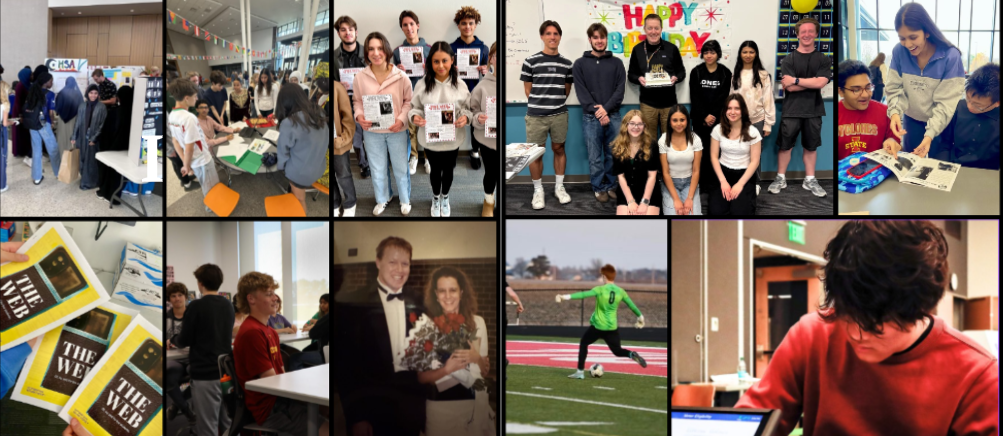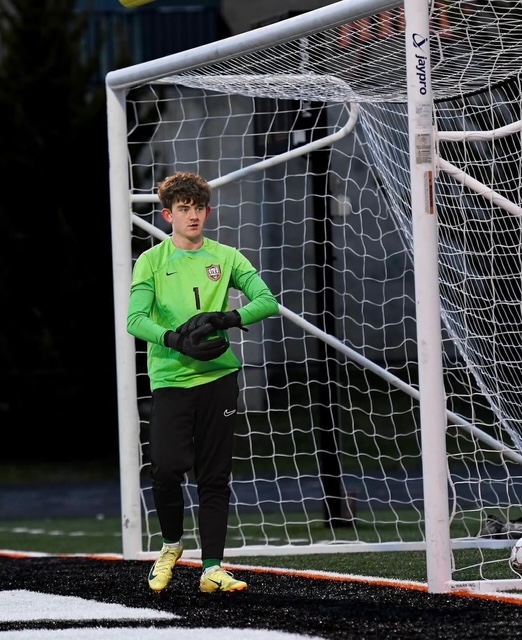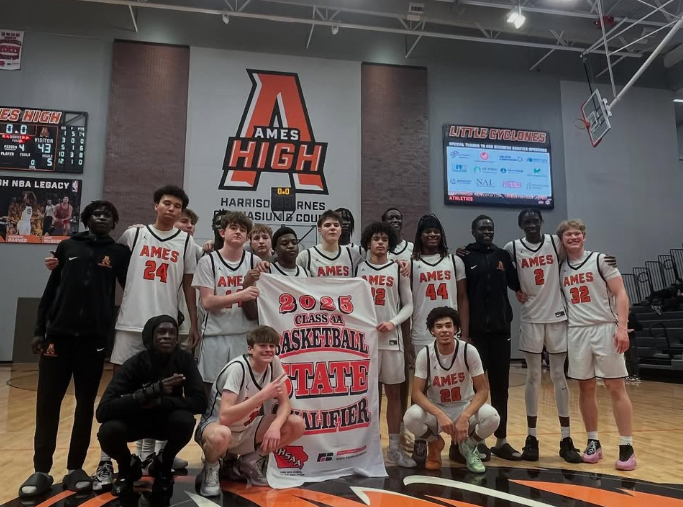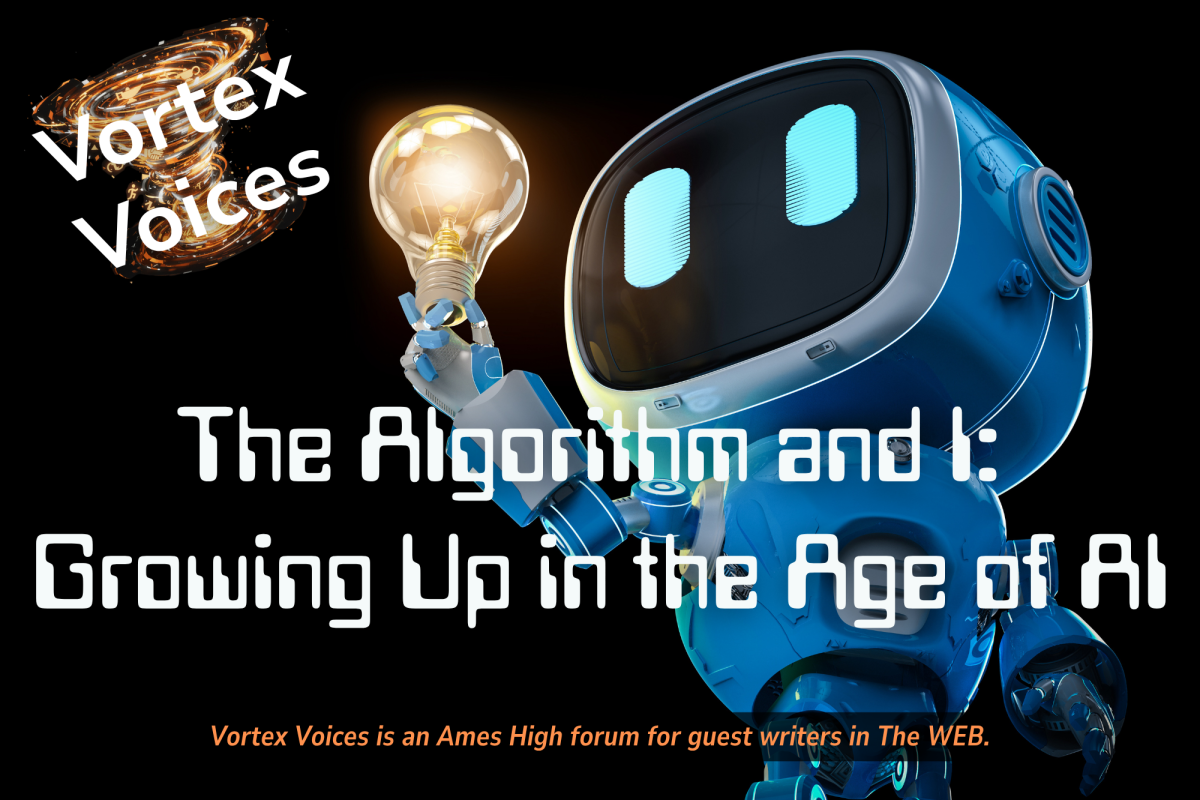AI is now a part of our everyday lives. In classrooms, it appears everywhere—from the cheaters who misuse it to the teachers who embrace it. Assignments crowd my to-do list, and in the corner of my screen, ChatGPT waits to assist. AI can gather information quickly, simplify it for easy reading, organize schedules with planners, and provide knowledge instantly. Why would the laziest students choose to struggle through tasks when AI sits at their fingertip? AI saves time, helps us write more effectively, and, unfortunately, can also be used for cheating.
AI should be incorporated into the education system because it has become an essential tool in modern life, offering valuable support for both teachers and students. While it should never replace humans or be misused for shortcuts, AI can streamline tedious tasks and free up time for meaningful learning. Tools such as spell checkers or Grammarly, for example, improve clarity, precision, and professionalism in student writing.
For schools, AI reduces workloads and increases efficiency. Teachers often spend countless hours grading assignments and writing feedback. With AI, some of these repetitive tasks can be automated, allowing more time for engaging directly with students and planning creative lessons. As explained in the AI in Education Leadership Toolkit, “From streamlining administrative processes to supporting operations, workload, teaching, CPD, inclusion and personalized learning, AI offers real potential to enhance the way schools and colleges function and to support staff in powerful new ways.” AI can also analyze classroom data to uncover learning gaps, highlight student struggles, and track teaching effectiveness. With this information, educators can design strategies to better support student success.
AI also offers unique benefits to students. Real-time feedback allows them to correct mistakes immediately and understand concepts more effectively. Personalized learning becomes possible through AI-created quizzes, flashcards, and custom study guides. As education researcher Bejarano noted on Hyperwrite, “AI is just putting together the best of the internet… AI filters and delivers relevant information immediately.” Unlike a Google search, AI tailors responses so students spend less time searching and more time understanding. Beyond research, AI helps struggling learners with time management by building study schedules that balance lessons, assignments, and rest. It can adapt explanations to different learning styles, whether visual, logical, or auditory, making education more accessible and engaging for all learners.
Incorporating AI into education builds a stronger, more effective learning environment. For students, it improves writing, provides feedback, and supports personalized learning. For teachers, it reduces workloads and offers insights to improve instruction. For schools, it creates data-driven strategies to meet student needs. AI is not a replacement for effort or creativity, but when used responsibly, it transforms education into a smarter, more supportive system that works for everyone.
Works Cited
The Safe and Effective Use of AI in Education Leadership Toolkit Video Transcripts. 2025.
“Why Is AI Good for Students and How Can They Use It Responsibly?” Hyperwriteai.com, 2025, www.hyperwriteai.com/blog/why-is-ai-good-for-students.

